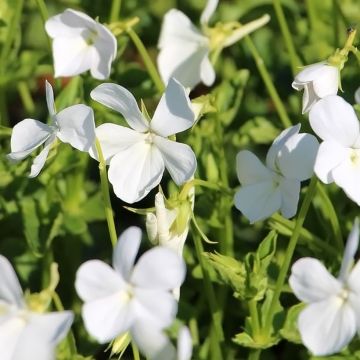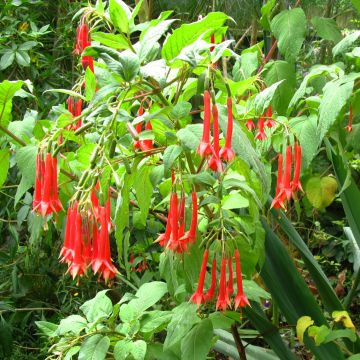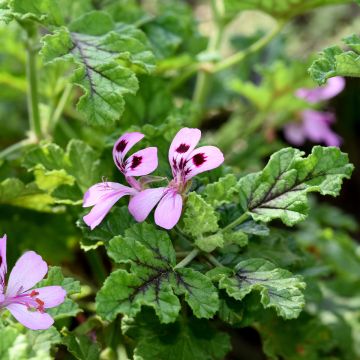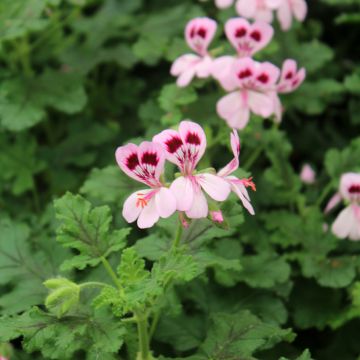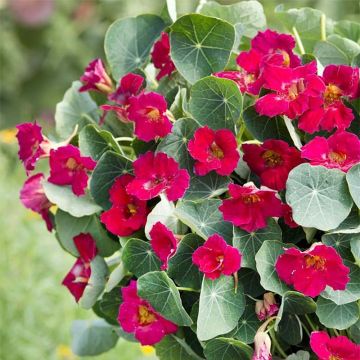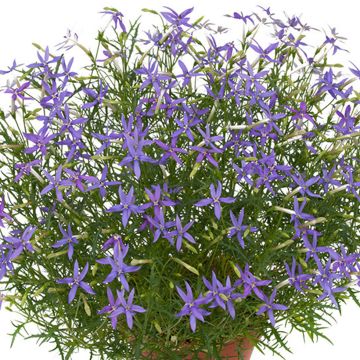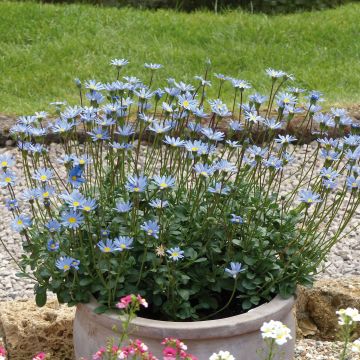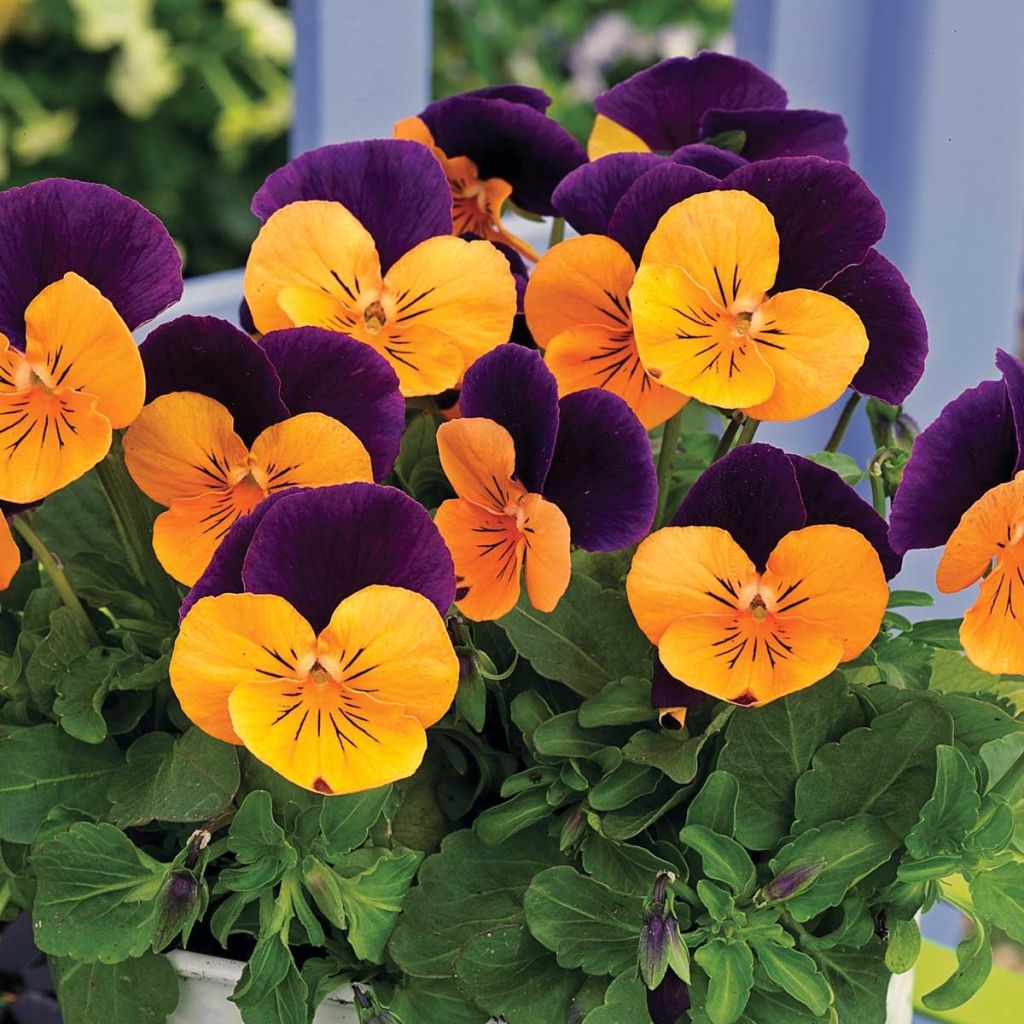

Viola cornuta Butterfly Orange and Purple


Viola cornuta Butterfly Orange and Purple
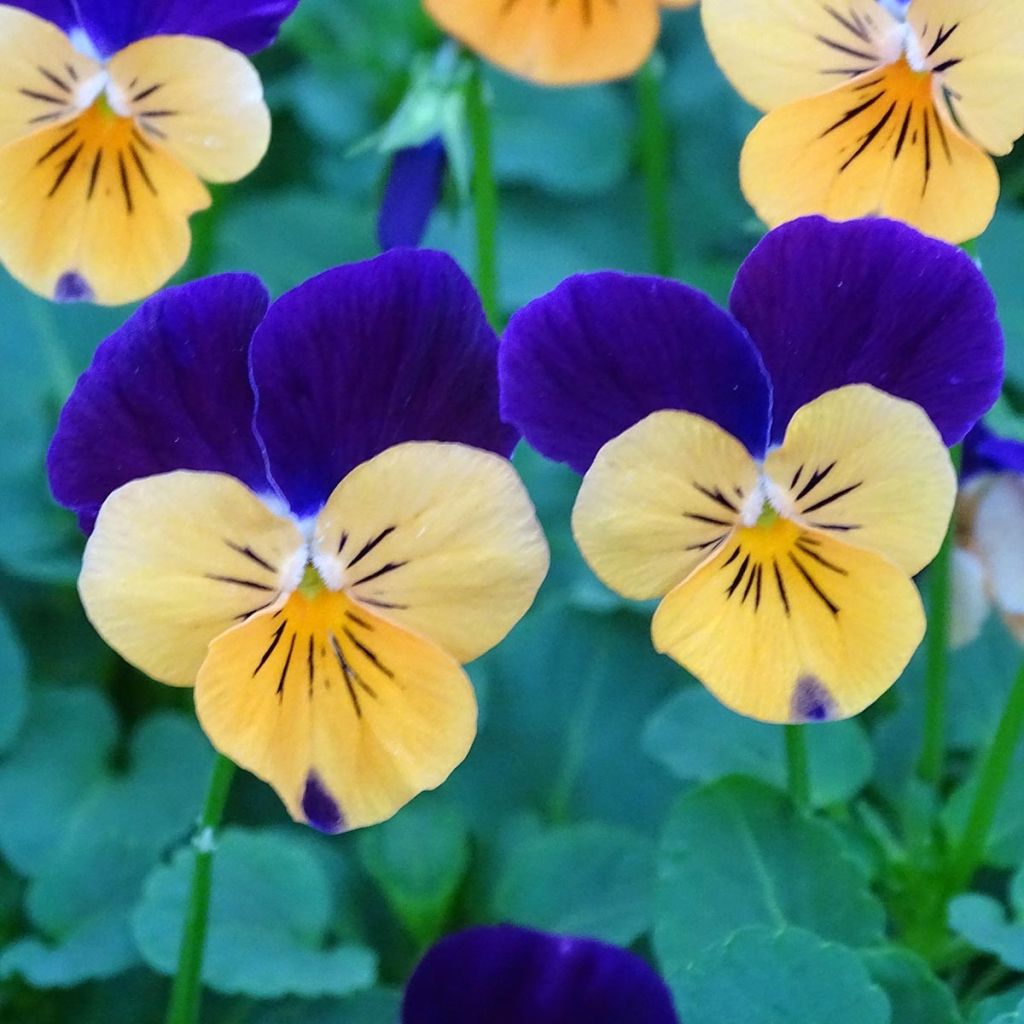

Viola cornuta Butterfly Orange and Purple
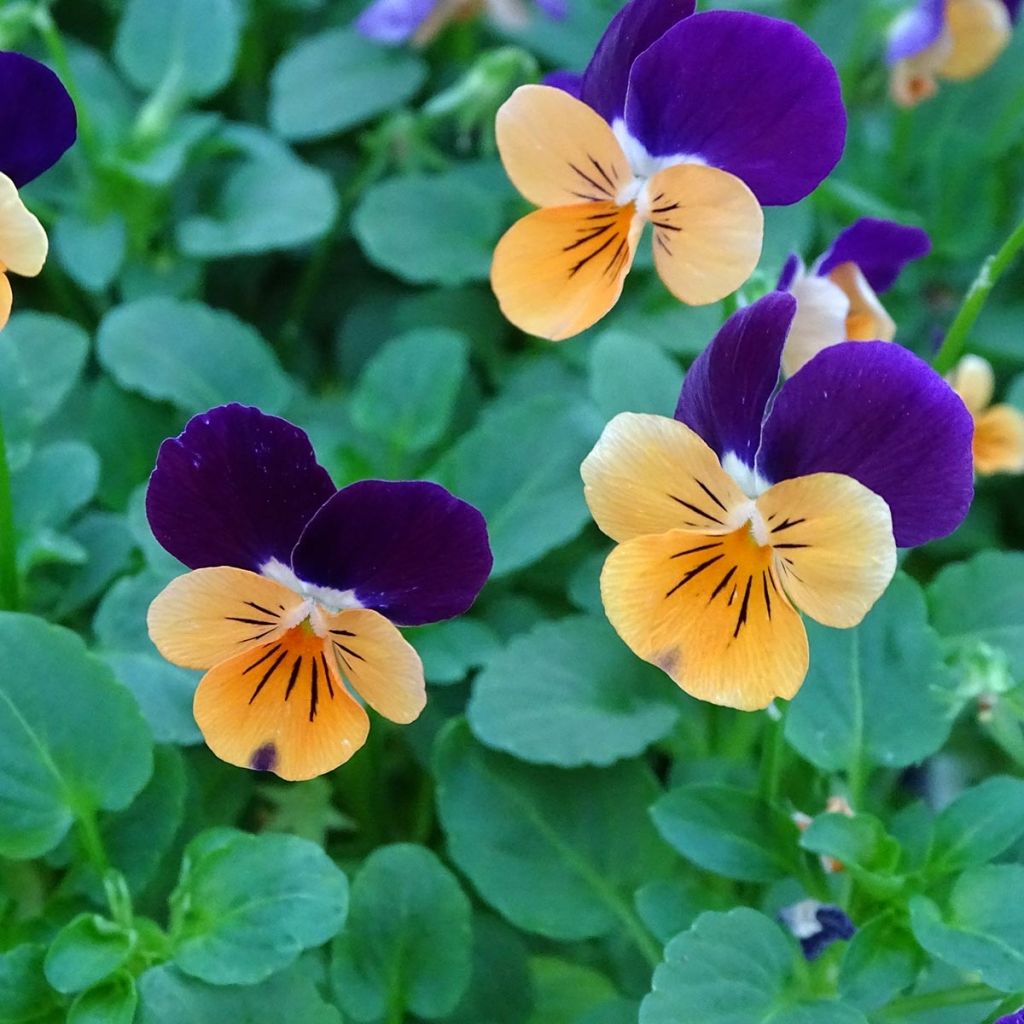

Viola cornuta Butterfly Orange and Purple
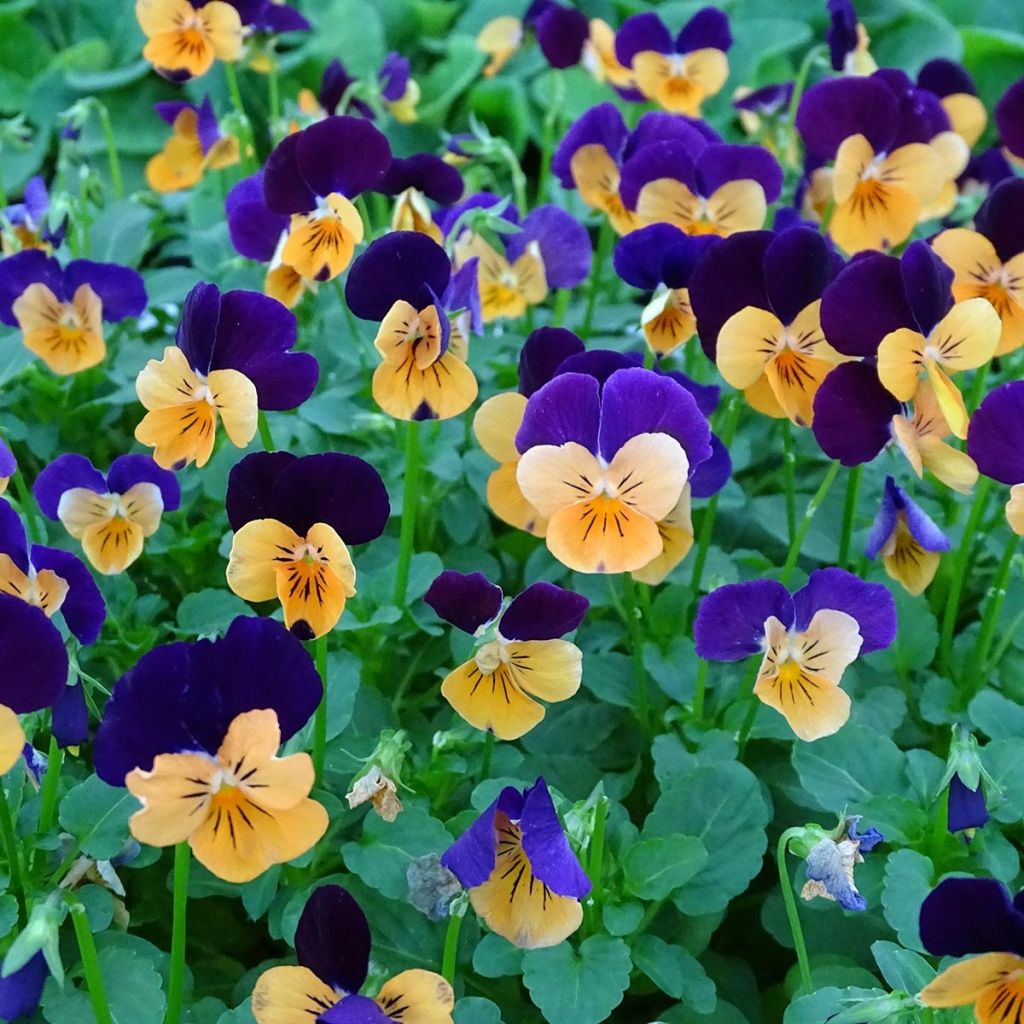

Viola cornuta Butterfly Orange and Purple
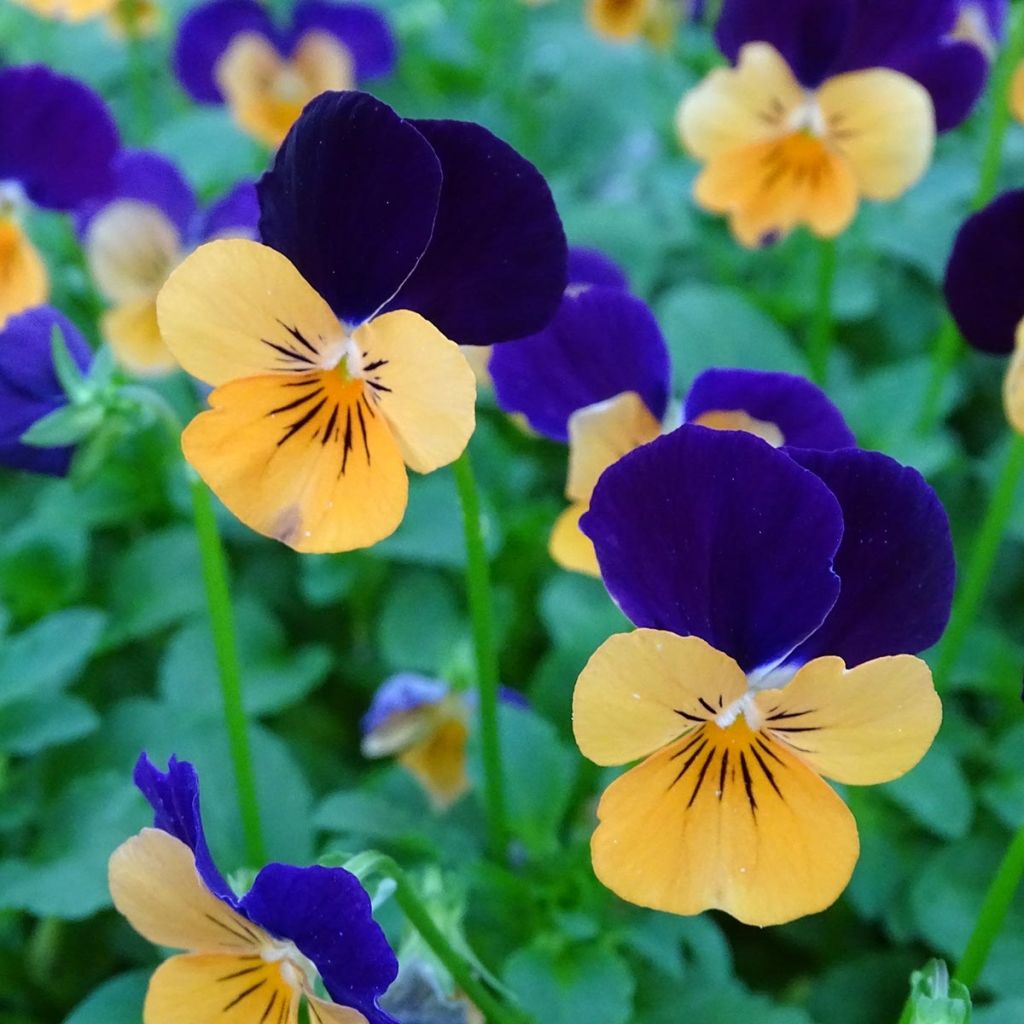

Viola cornuta Butterfly Orange and Purple
Viola cornuta Butterfly Orange and Purple
Viola cornuta Butterfly Orange and Purple
Horned Pansy, Horned Violet
Not a good year for this variety. They are languishing.
Christophe, 19/11/2024
This plant carries a 6 months recovery warranty
More information
We guarantee the quality of our plants for a full growing cycle, and will replace at our expense any plant that fails to recover under normal climatic and planting conditions.
From €5.90 for pickup delivery and €6.90 for home delivery
Express home delivery from €8.90.
From €5.90 for pickup delivery and €6.90 for home delivery
Express home delivery from €8.90.
Does this plant fit my garden?
Set up your Plantfit profile →
Description
The Viola cornuta 'F1 Butterfly Orange and Purple' is a beautiful new variety, offering an abundance of flowers with intensely contrasting colours, bright orange and velvety purple, adorned with fine and short black moustaches. The plants are floriferous, vigorous and ramified and remain compact over time. These easy-to-grow biennials allow for charming borders and opulent pots. Horned violets are cultivated in humus-rich soil, in partial shade or dappled sunlight.
Belonging to the violet family, the horned violet, which grows wild in the Pyrenees, is a low perennial plant that has given rise to numerous hybrids. Often crossed with Viola tricolour (wild pansy), their most famous offspring are horticultural pansies. The 'Butterfly Orange and Purple' variety, from which it originates, is a bushy and creeping herbaceous plant that reaches a height of 10 to 15 cm (3.9 to 5.9 in) when in flower, with dark green, persistent, ovate and serrated leaves, forming a spreading tuft. It is covered with flowers from spring to autumn. Its composite flowers with 5 petals resemble those of small pansies, but their petals are arranged differently. The two upper petals are large, erect, of an intense velvety purple, while the three others are inclined downwards, of a pure and vivid orange hue. The heart of the flower, a deep orange, is adorned with discreet black 'moustaches'. The plant spreads quite rapidly thanks to its rhizomes and also self-seeds very easily in the garden, not always faithfully.
Horned violets are intended for low flower beds, borders, as well as pots and balconies, where they will be associated with other plants with spring and summer flowering. (Forget-me-nots, Dwarf Narcissus, Daisies, Primroses, Botanical Tulips, summer and autumn asters, etc). The flowers of horned violets are edible, so don't hesitate to decorate your plates with one or two flowers, or even sprinkle some on your salads to add a touch of colour.
Note: Please be aware that our young plug plants are professional products reserved for experienced gardeners. Upon receipt, transplant them as soon as possible, in pots, planters or directly in flower beds.
Report an error about the product description
Flowering
Foliage
Plant habit
Botanical data
Viola
cornuta
Butterfly Orange and Purple
Violaceae
Horned Pansy, Horned Violet
Cultivar or hybrid
Other Pansies and violas
Planting and care
Horned violets appreciate a light, humus-rich soil, moist but well-drained as they fear excess moisture in winter. In heavy soil, add some sand to improve drainage.
Plant horned violets in a sunny position but not scorching or under light shade.
Very floriferous and with rapid growth, they are greedy plants. Feed them with liquid fertilizer once or twice a week during the growing season. Water regularly but without excess. Remove faded flowers to promote new flowering.
Planting period
Intended location
Care
-
, onOrder confirmed
Reply from on Promesse de fleurs
Plug plants - Annuals
Haven't found what you were looking for?
Hardiness is the lowest winter temperature a plant can endure without suffering serious damage or even dying. However, hardiness is affected by location (a sheltered area, such as a patio), protection (winter cover) and soil type (hardiness is improved by well-drained soil).

Photo Sharing Terms & Conditions
In order to encourage gardeners to interact and share their experiences, Promesse de fleurs offers various media enabling content to be uploaded onto its Site - in particular via the ‘Photo sharing’ module.
The User agrees to refrain from:
- Posting any content that is illegal, prejudicial, insulting, racist, inciteful to hatred, revisionist, contrary to public decency, that infringes on privacy or on the privacy rights of third parties, in particular the publicity rights of persons and goods, intellectual property rights, or the right to privacy.
- Submitting content on behalf of a third party;
- Impersonate the identity of a third party and/or publish any personal information about a third party;
In general, the User undertakes to refrain from any unethical behaviour.
All Content (in particular text, comments, files, images, photos, videos, creative works, etc.), which may be subject to property or intellectual property rights, image or other private rights, shall remain the property of the User, subject to the limited rights granted by the terms of the licence granted by Promesse de fleurs as stated below. Users are at liberty to publish or not to publish such Content on the Site, notably via the ‘Photo Sharing’ facility, and accept that this Content shall be made public and freely accessible, notably on the Internet.
Users further acknowledge, undertake to have ,and guarantee that they hold all necessary rights and permissions to publish such material on the Site, in particular with regard to the legislation in force pertaining to any privacy, property, intellectual property, image, or contractual rights, or rights of any other nature. By publishing such Content on the Site, Users acknowledge accepting full liability as publishers of the Content within the meaning of the law, and grant Promesse de fleurs, free of charge, an inclusive, worldwide licence for the said Content for the entire duration of its publication, including all reproduction, representation, up/downloading, displaying, performing, transmission, and storage rights.
Users also grant permission for their name to be linked to the Content and accept that this link may not always be made available.
By engaging in posting material, Users consent to their Content becoming automatically accessible on the Internet, in particular on other sites and/or blogs and/or web pages of the Promesse de fleurs site, including in particular social pages and the Promesse de fleurs catalogue.
Users may secure the removal of entrusted content free of charge by issuing a simple request via our contact form.
The flowering period indicated on our website applies to countries and regions located in USDA zone 8 (France, the United Kingdom, Ireland, the Netherlands, etc.)
It will vary according to where you live:
- In zones 9 to 10 (Italy, Spain, Greece, etc.), flowering will occur about 2 to 4 weeks earlier.
- In zones 6 to 7 (Germany, Poland, Slovenia, and lower mountainous regions), flowering will be delayed by 2 to 3 weeks.
- In zone 5 (Central Europe, Scandinavia), blooming will be delayed by 3 to 5 weeks.
In temperate climates, pruning of spring-flowering shrubs (forsythia, spireas, etc.) should be done just after flowering.
Pruning of summer-flowering shrubs (Indian Lilac, Perovskia, etc.) can be done in winter or spring.
In cold regions as well as with frost-sensitive plants, avoid pruning too early when severe frosts may still occur.
The planting period indicated on our website applies to countries and regions located in USDA zone 8 (France, United Kingdom, Ireland, Netherlands).
It will vary according to where you live:
- In Mediterranean zones (Marseille, Madrid, Milan, etc.), autumn and winter are the best planting periods.
- In continental zones (Strasbourg, Munich, Vienna, etc.), delay planting by 2 to 3 weeks in spring and bring it forward by 2 to 4 weeks in autumn.
- In mountainous regions (the Alps, Pyrenees, Carpathians, etc.), it is best to plant in late spring (May-June) or late summer (August-September).
The harvesting period indicated on our website applies to countries and regions in USDA zone 8 (France, England, Ireland, the Netherlands).
In colder areas (Scandinavia, Poland, Austria...) fruit and vegetable harvests are likely to be delayed by 3-4 weeks.
In warmer areas (Italy, Spain, Greece, etc.), harvesting will probably take place earlier, depending on weather conditions.
The sowing periods indicated on our website apply to countries and regions within USDA Zone 8 (France, UK, Ireland, Netherlands).
In colder areas (Scandinavia, Poland, Austria...), delay any outdoor sowing by 3-4 weeks, or sow under glass.
In warmer climes (Italy, Spain, Greece, etc.), bring outdoor sowing forward by a few weeks.

































